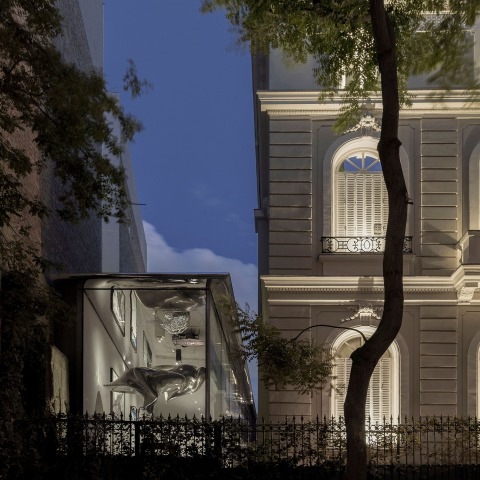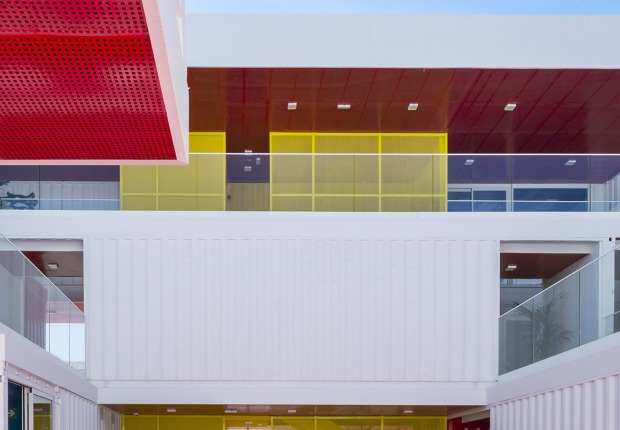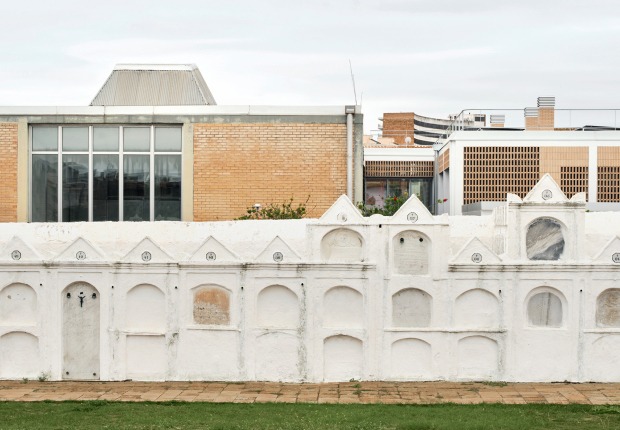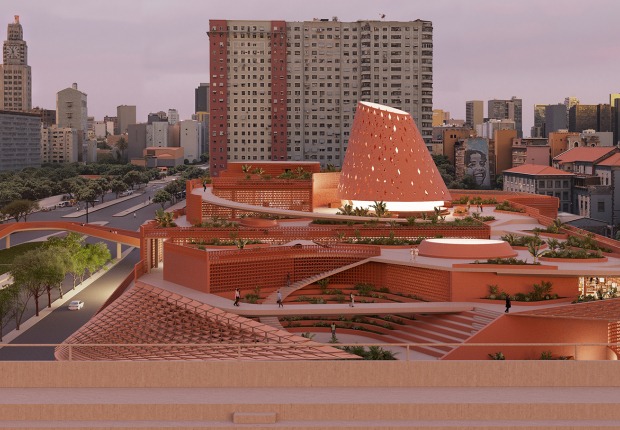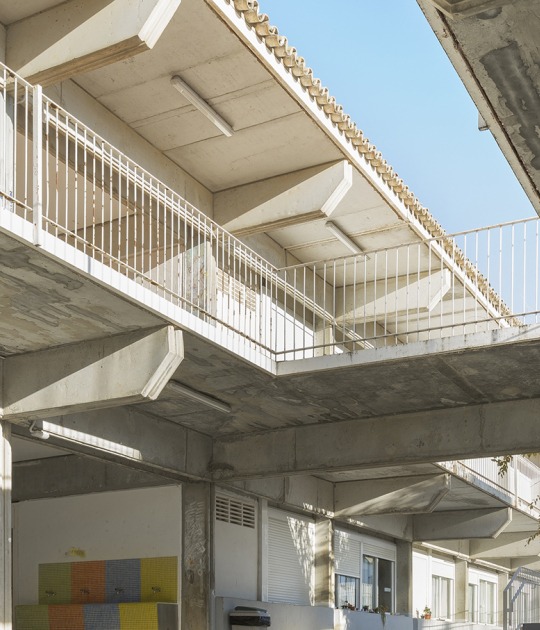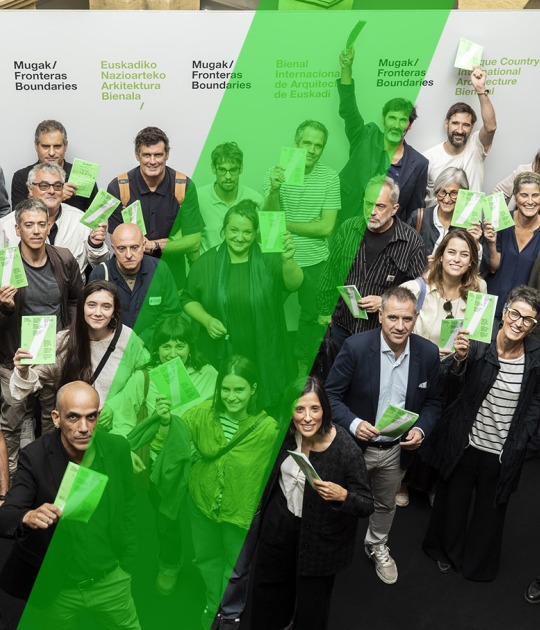The Norman Foster Foundation is a non-profit body which is headquartered in Madrid but operates globally. It promotes interdisciplinary thinking and research to help new generations of architects, designers, engineers, urbanists and artists to anticipate the future. Its recent focus has been on issues of the cities, climate change, artificial intelligence and robotics.
Lord Foster, President of the Norman Foster Foundation, speaking on behalf of its Trustees, Honorary Trustees, the Advisory Board and all members of the team, would like to express his gratitude for this prestigious award. He would also like to thank the individuals, institutions and entities for their generous support and encouragement of the Foundation, its missions, archive, educational programmes and projects.
